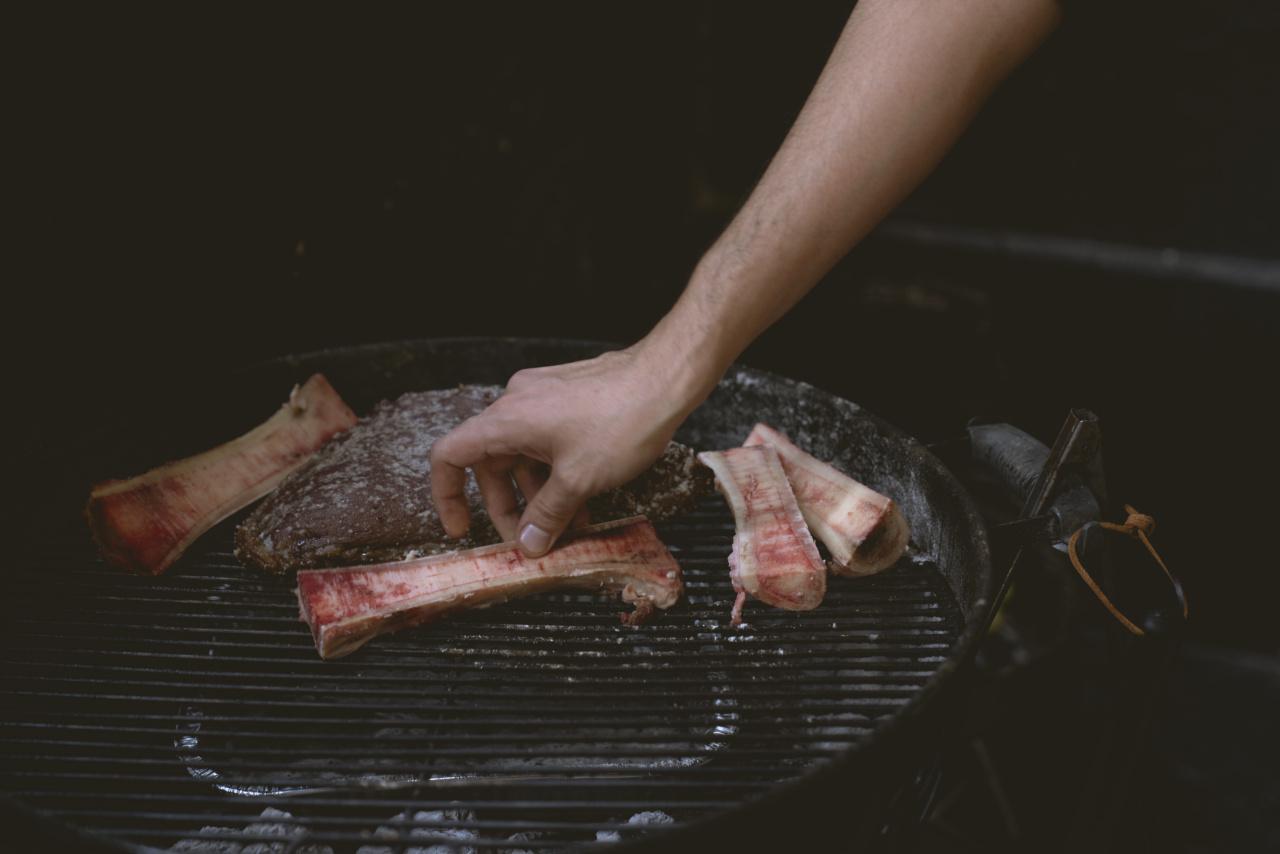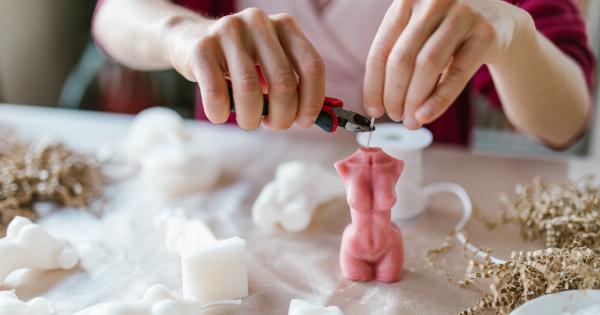One of the favorite pastimes of many dogs is chewing on bones. Dogs love to gnaw on bones, and it is an activity that keeps them occupied for hours.
Raw bones are a popular choice for many dog owners because they are believed to be more beneficial than cooked bones. However, there is a lot of debate among veterinarians and pet owners about the safety of raw bones. In this article, we will explore the issue in depth and answer the question of whether or not raw bones are safe for dogs.
The Pros of Raw Bones for Dogs
There are several benefits to giving your dog raw bones:.
Clean Teeth and Healthy Gums
Chewing on bones helps scrape plaque from teeth and massage gums, which can help prevent dental issues such as periodontal disease.
Nutritious
Raw bones contain a range of nutrients, including calcium, phosphorus, and magnesium, which are essential for healthy bones and teeth. Bones are also a good source of protein and fat.
Mental Stimulation
Chewing on bones provides dogs with mental stimulation, which can help relieve boredom and stress. Dogs that are regularly bored or stressed are more likely to develop behavior issues such as destructive chewing and excessive barking.
The Cons of Raw Bones for Dogs
Despite the benefits, there are also some risks associated with giving your dog raw bones:.
Broken Teeth
Chewing on hard bones can cause dogs to break their teeth. This can be a painful and costly problem to fix, and it may even require your dog to undergo anesthesia.
Choking
There is a risk that bones can break into small pieces and become lodged in a dog’s throat, which can lead to choking. This is especially true for small dogs or dogs that are aggressive chewers.
Gastrointestinal Problems
If your dog swallows a large piece of bone, it can cause gastrointestinal issues such as constipation or even a blockage. Blockages are serious and can be life-threatening if not treated promptly.
Bacterial Contamination
Raw bones can be contaminated with bacteria such as Salmonella and E. coli. While healthy dogs may be able to handle these bacteria, puppies, senior dogs, and dogs with compromised immune systems are at a higher risk of getting sick.
How to Safely Give Your Dog Raw Bones
If you decide to give your dog raw bones, it is essential to do so safely:.
Choose the Right Type of Bone
Not all bones are created equal. Avoid giving your dog weight-bearing bones, such as large femurs, that are too hard. Instead, opt for softer bones, such as chicken or turkey necks.
Monitor Your Dog
Never leave your dog unattended while chewing on a bone. If your dog appears to be having difficulty chewing or swallowing, remove the bone immediately.
Limit the Amount of Time Your Dog Chews
Chewing on bones for extended periods can increase the risk of dental issues or GI problems. Limit your dog’s chewing time to 20-30 minutes and take the bone away when the time is up.
Store Bones Properly
Raw bones should be stored in a refrigerator or freezer and not left out at room temperature. Always thaw bones before giving them to your dog.
Consult with Your Veterinarian
Your veterinarian can help you determine if raw bones are appropriate for your dog. They can also provide guidance on which type of bone is best for your dog’s size and chewing habits.
Conclusion
Raw bones have both benefits and risks for dogs. While they can provide dental benefits, mental stimulation, and nutrition, they can also cause broken teeth, choking, GI problems, and bacterial contamination.
If you decide to give your dog raw bones, it is essential to do so safely and under the guidance of your veterinarian. Ultimately, the decision of whether or not to give your dog raw bones is up to you, but it is important to weigh the pros and cons before making that decision.





























